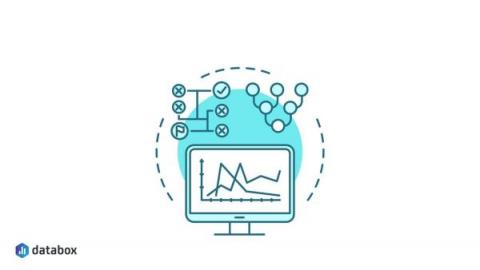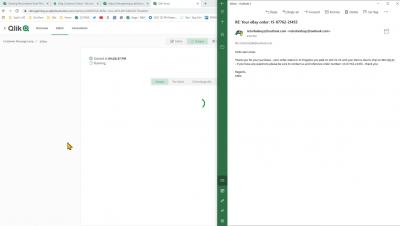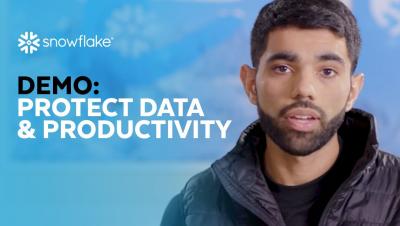Systems | Development | Analytics | API | Testing
BI
Simple Bulk Email Customer Messages with Qlik App Automation - Part 2
Demo: Cross-Cloud Continuity
NiFi as a Function in DataFlow Service
With the general availability of Cloudera DataFlow for the Public Cloud (CDF-PC), our customers can now self-serve deployments of Apache NiFi data flows on Kubernetes clusters in a cost effective way providing auto scaling, resource isolation and monitoring with KPI-based alerting. You can find more information in this release announcement blog post and in this technical deep dive blog post. Any customer willing to run NiFi flows efficiently at scale should now consider adopting CDF-PC.
Snowday! Sunny, with a 100% Chance of Innovation
At Snowday 2021, Snowflake announced exciting new product capabilities that expand what is possible in the Data Cloud. In addition to announcing Python support in Snowpark (currently in private preview), these latest innovations make it easier for organizations to maintain business continuity across clouds and regions; help data engineers and data scientists build pipelines, ML workflows, and data applications faster; and remove the complexity of getting the right data into the hands of customers.
Meeting demand in the pandemic: Why the world's largest materials marketplace trusts Talend and Passerelle
Material Bank, the world’s largest materials marketplace, provides a fast and powerful way to search and sample fixtures, construction materials, and textiles from hundreds of different brands. They serve both direct customers and retailers in the architecture and design industry, including massive companies such as Ethan Allen, Home Depot, and Lowe’s.
The Rise of Unstructured Data
The word “data” is ubiquitous in narratives of the modern world. And data, the thing itself, is vital to the functioning of that world. This blog discusses quantifications, types, and implications of data. If you’ve ever wondered how much data there is in the world, what types there are and what that means for AI and businesses, then keep reading!
Introducing Live Analytics for your modern data stack
Today, the world is moving faster than ever before. In an age where a single insight can be the difference between hitting your number and hitting a wall, it’s never been more important to have a finger on the pulse of your business. This means understanding everything that’s happening, as it’s happening, so you can take smarter actions for your business in the moment.
Diary of a builder: How we got to $4.2B and where we go from here
At the end of 2019, I did something few senior leaders ever do: left my comfortable corporate job at a global, multi-billion dollar software organization to join a little known Series E analytics startup called ThoughtSpot.
An entrepreneur's post of gratitude
Today, we announced our Series F funding at ThoughtSpot, valuing the company at $4.2 billion. As the Co-founder and Executive Chair, it’d be customary to write a post that celebrates this milestone, shares lessons learned, and the usual. Those can come later. Instead, I want to take this opportunity to express my gratitude to all the people that have been a critical part of my journey as an entrepreneur, both at ThoughtSpot and Nutanix (now valued at $7B+).










